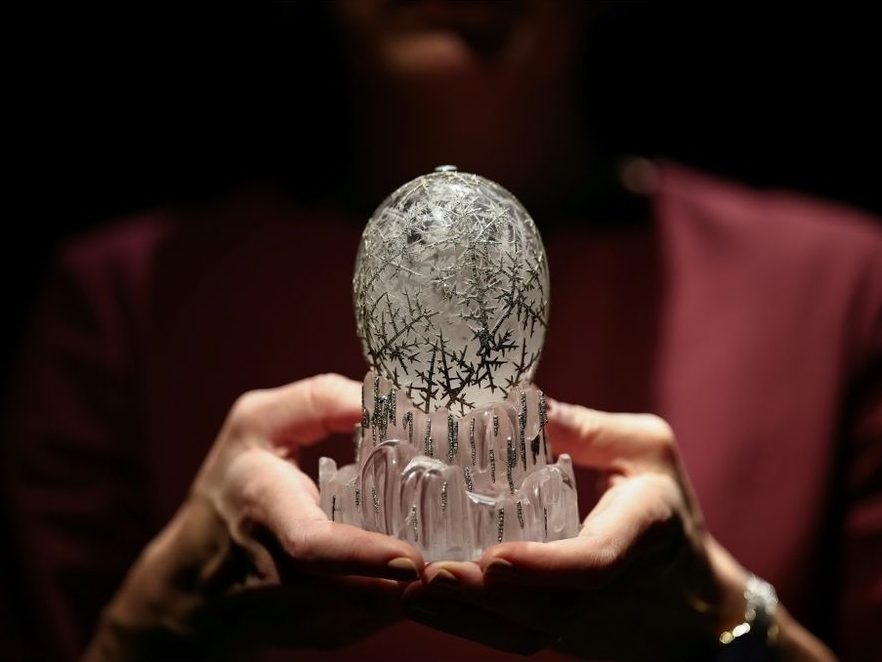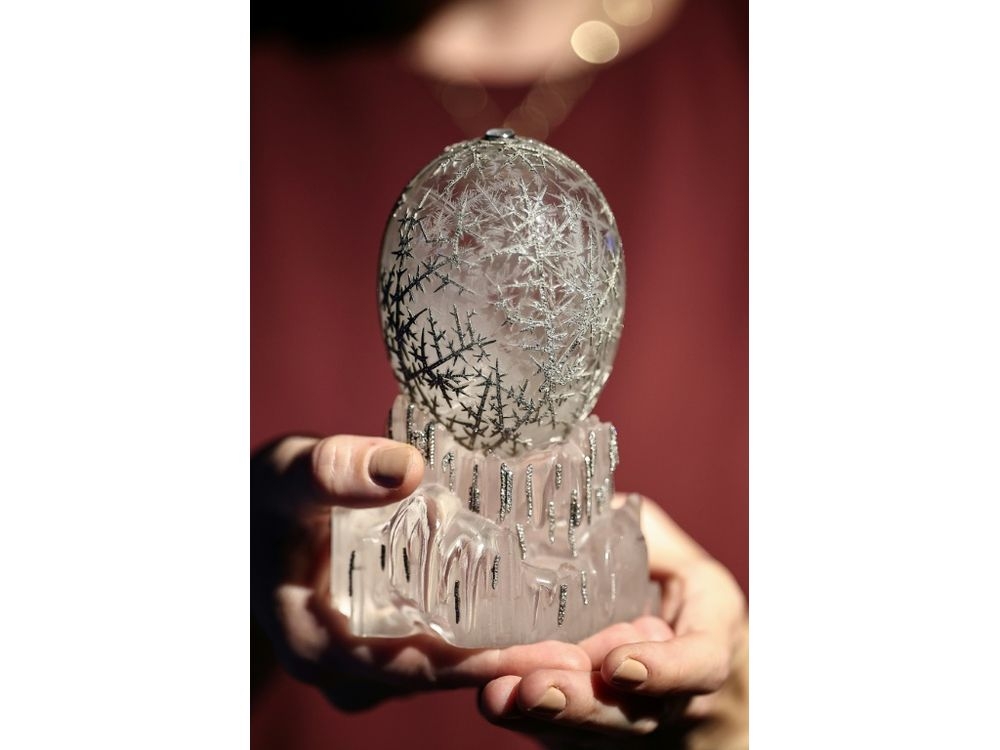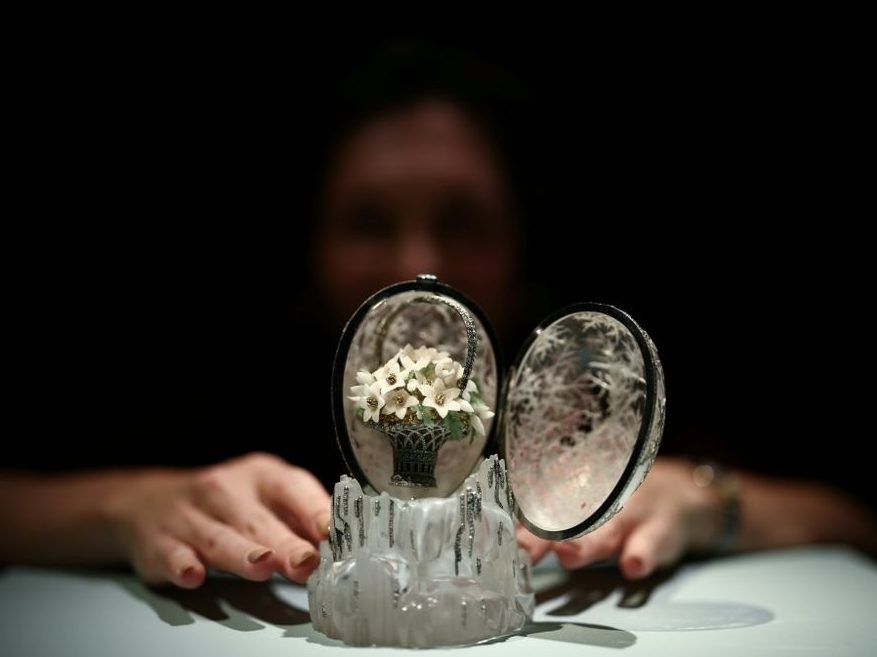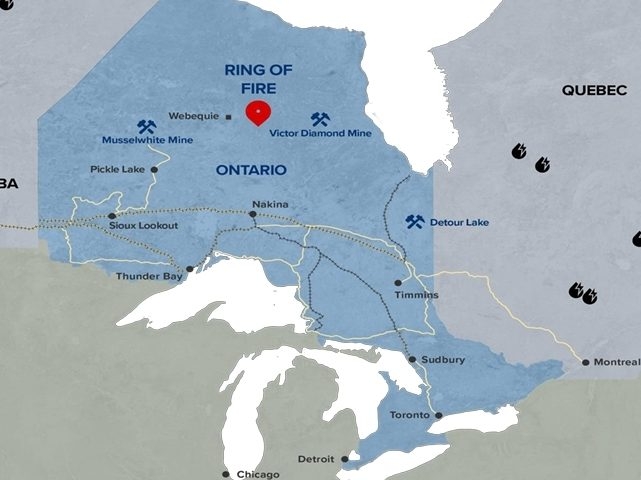A breathtaking masterpiece from a lost era is poised to captivate the art world. The Winter Egg, a creation of the legendary Carl Fabergé, will be offered at auction in London, anticipated to redefine price records for the Imperial Russian jeweller.
Commissioned in 1913 by Tsar Nicholas II as a deeply personal Easter gift for his mother, the egg embodies opulence and artistry. Its impending sale marks the first time in over two decades it will be available to collectors, a rare opportunity to possess a fragment of history.
The egg’s exterior is sculpted from shimmering rock crystal, intricately engraved with a delicate frost pattern. It rests upon a base designed to evoke the illusion of melting ice, a stunning visual contrast. Over 4,500 rose-cut diamonds, set in platinum snowflake motifs, adorn its surface, creating a dazzling spectacle.

“The Winter Egg is truly one of the rarest items imaginable,” explains a specialist. Fabergé crafted fifty Imperial Easter Eggs for the Romanov family over thirty-one years, but only forty-three have been accounted for today, making each a priceless relic.
Of those surviving eggs, a mere seven remain in private hands, underscoring the exceptional significance of this particular piece. Its rarity isn’t merely numerical; it’s a testament to a vanished world of imperial grandeur and unparalleled craftsmanship.
This isn’t the first time the Winter Egg has commanded attention on the auction block. In 1994, it achieved a world record sale in Geneva, fetching 7.2 million Swiss francs. Eight years later, in New York, it shattered its own record, selling for $9.6 million.

The egg’s artistry extends beyond its exterior. Within its crystalline shell lies a delicate surprise: a miniature bouquet of flowers, crafted from white quartz wood anemones. Each bloom features exquisitely detailed gold wire stems and stamens, a testament to Fabergé’s meticulous attention to detail.
The Winter Egg’s history mirrors the tumultuous fate of the Romanov dynasty. Following the 1917 revolution and the tragic execution of the Imperial family, the egg was moved from Saint Petersburg to Moscow in the 1920s.
Like many other treasures belonging to the Romanovs, it was sold by the Soviet government to raise foreign currency. It found its way into the hands of a London jeweller, Wartski, between 1929 and 1933, beginning a new chapter in its journey.

For decades, the Winter Egg remained part of prominent British collections, but it was considered lost to the public since 1975. Its rediscovery in 1994 sparked renewed excitement among collectors and art enthusiasts.
Standing just 5.6 inches tall, the egg’s diminutive size belies the immense skill and artistry contained within. The technique and craftsmanship are simply astonishing, leaving observers in awe of Fabergé’s genius.
The Imperial eggs continue to ignite passion in the art market, particularly among collectors with a connection to Russian history and heritage. The Winter Egg represents not just a beautiful object, but a powerful symbol of a bygone era.





